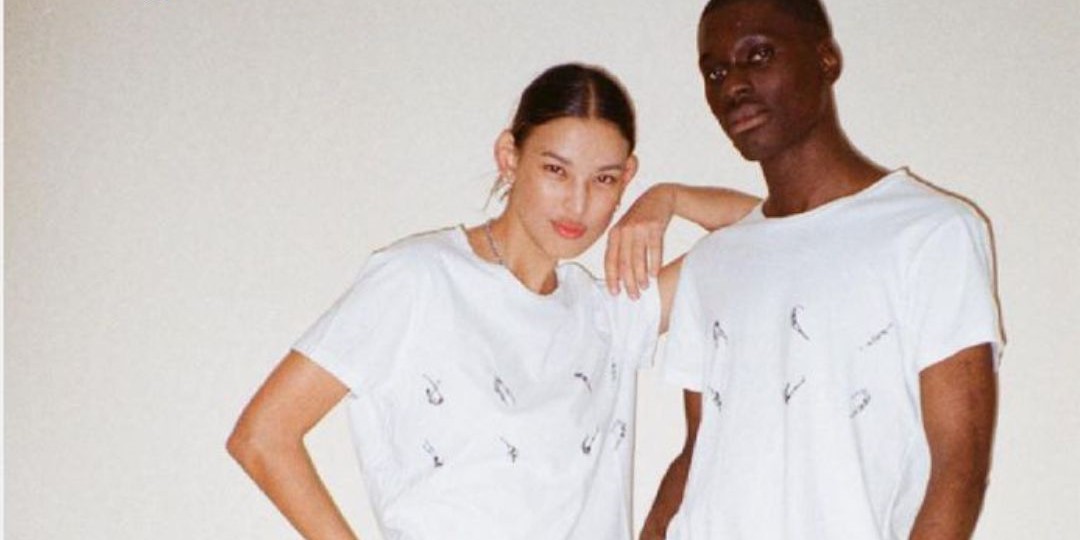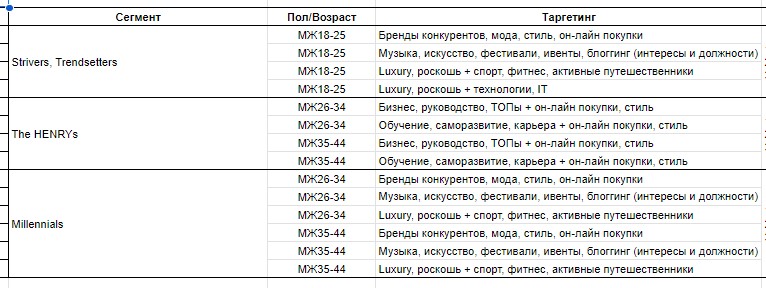
Promoting a mono-branded online apparel store
Product to be promoted:
Semi-luxury clothing brand with its own production (women’s and men’s collections)
Особенности проекта:
At the time of cooperation, the brand had a relatively small product line – 5 categories of clothing with 1-2-3 models in each category.
The brand is positioned in the mid-price segment (150-300 Euros per item). The brand positions itself as a fashion store.
The products are aimed at a not very broad audience, according to the brand owners.
Mostly, it should be representatives of creativity, creatives and IT professionals. Also consumers of luxury brands.
The target age was defined as 18-44 years old.
Thus, the task of the project was the formulation and testing of hypotheses of effective promotion under the above conditions.
The priority was not to achieve a certain number of sales, but to achieve a ROAS of at least 200%.
The main hypothesis was to promote the brand rather than specific products.
This was especially true for new users who were encountering the brand for the first time.
In addition, advertising activities should only be conducted on social media (at least during hypothesis testing).
Three target segments were identified:
- Strivers, Trendsetters – age 18-25
- HENRY (“High Earner, Not Rich Yet”) – ages 26-34 and 35-44
- Millennials – ages 26-34 and 35-44
Within each segment, we created 4 to 6 bundles of interest, behavior, and offer settings.
The locations for the activities were chosen as follows:
- San Francisco;
- Tokyo;
- London.
Additionally, a product catalog was created and customized on Facebook.
It was to be used for dynamic retargeting campaigns.
There were also retargeting (remarketing) campaigns without reference to the viewed products (general images, product and category carousels).
The project performance was measured with the help of customized e-commerce in Google Analytics.
Результаты проекта:
The main difficulty of the project in obtaining negative results was to determine the reason: either the audience (settings) were incorrectly selected or the offer was irrelevant.
Thus, the segment of the youngest audience showed unsatisfactory results, and at all selected locations.
Not a single sale with an average CTR of 0.5%.
Since changes to campaign settings and the selection of offers did not improve the result, it was decided to abandon the 18-25-year-old audience in the future.
Geo San Francisco campaigns also showed unacceptable results.
There were sales there, but they were unprofitable. The average CTR did not exceed 0.7%, so testing in this location was also curtailed.
But London and Tokyo worked well.
The maximum CTR in first-touch campaigns here reached 7.8%, but such traffic was converted into sales in different ways.
For example, the segment related to fashion, accessories, and shopping generated no sales at all.
But the “creative” settings (music, festivals, art, events) showed a CR (conversion rate) of 5-10%, which was the best result.
Remarketing also worked with varying effectiveness.
“Abandoned carts had an average CR (conversion rate) of 12%.
These campaigns were then divided by location.
Later, London turned out to be unprofitable, but Tokyo raised the CR to almost 30%.
In total, we failed to achieve the KPI (ROAS of at least 200%).
This indicator was at the level of 107%. So the whole campaign was at least not unprofitable.
But even after the end of the testing, certain settings were left in operation, where they continued to show good results.
In addition, the test results gave the brand owners information to reboot their collections to further reach more customer segments.
